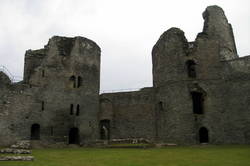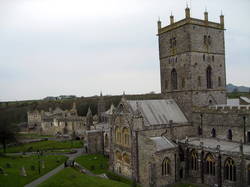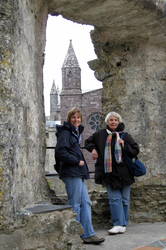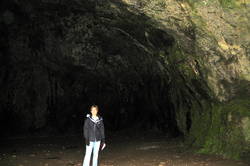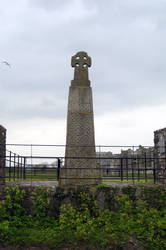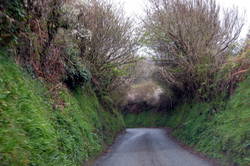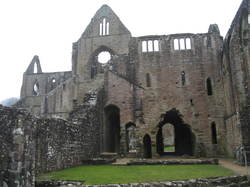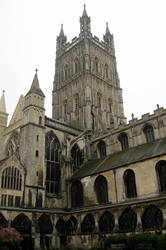Cornwall and Wales- Page 2
Carlyn and Cari's Web Page
Carlyn and Cari's Guest book
Venice in November
Spain with Lin and Monica
The Louvre and Monet's House and Garden, September 2009
Disneyland Paris- The end to my month long 50th birthday celebration
London Skyride- September 20, 2009
ARRAY(0xa5757f4)
Switzerland- July 2009
Carlyn's Birthweek 2009- Fun, Food and Henry VIII
Sailing Trip on the Solent of the English Channel, June 2009
Istanbul, Turkey- May 2009
Aberdeen with Jacky and Steve
The Loire Valley with Mom and Sheri
Budapest, April 2009
The German Christmas Markets with Joyce, December 2008
The Lord Mayor Show, November 8, 2008
Madrid and Andalucia, October 2008
Krakow, Poland- September 2008
Cari's Birthweek- Germany
Dinner at Muspatts Farm celebrating Carlyn's
Italy, June 2008
The Lake District- May 2008
York- May Day Holiday Weekend 2008
Cornwall and Wales- Page 1
Cornwall and Wales- Page 2
Hever Castle
Blemhein Palace
Hastings and Battle- 1066 Country
Brighton
German Christmas Market
Fall in Provence
Paris in a Day
Visitors at Parliament Square
Amsterdam and Kuekenhof
The South West "Jurassic" Coast
Cambridge
Christmas and Canterbury
Normandy
Austria
Prague, Czech Republic
Belgium break
ARRAY(0xa5757f4)
Blog
Too much to share for one page!
We were out of the cottage early to Cardigan where we shopped, ate warm Welsh Cakes and visited Cilgerran Castle with picturesque remains that include a pair of highly defensible round towers dating to the first half of the thirteenth century with earlier Norman origins.
Next we drove along the north Pembrokshire coast to St. Davidís Cathedral and the Bishops palace. St. David is the patron saint of Wales. Legend claims he was born around 500 A.D. on the rugged Pembrokeshire coast of southwest Wales. He was the founder of a strict monastic order in the town that bears his name, and was the most influential clergyman in all Wales during the "Age of Saints." His place of birth and the cathedral built in his name became one of the most important shrines of medieval Christendom - two pilgrimages to St. Davidís equaling one to Rome. Important sites at St. Davidís include the cathedral and ruined Bishop's Palace. The large, cruciform cathedral dates from 1176. Inside the cathedral is the tomb of Edmund Tudor, Earl of Richmond, father of King Henry VII, the founder of the Welsh-born Tudor dynasty.
Next to the cathedral is St Davidís Bishop's Palace. The latter, even in ruin, still conveys the affluence and power of the medieval church. Unlike the frugal saint who founded this fountainhead of Christianity in the 6th century, the bishops of St Davidís in the Middle Ages enjoyed all the trapping of wealth and influence.
Our last day in Wales Pembroke Castle Wales
The castle is built over a large cave called the Great Wogan Cave
Pembroke Castle
We had a stop in the unspoiled, typical Welsh Seaside town of Tinby kingdom of Southwest Wales
Our last evening we traveled down a one track, twisty road, with hedge rows on both sides to a lovely coastal town called Little Haven
The following morning we were off to home, but wait! We stopped first at Tintern Abbey. Tintern Abbey was Cistercian abbey, founded in 1131 in the beautiful Wye valley. The remarkably complete abbey church rebuilt in the later thirteenth and early fourteenth centuries features extensive remains of cloister and associated monastic buildings in some of the most beautiful surrounding in Wales
